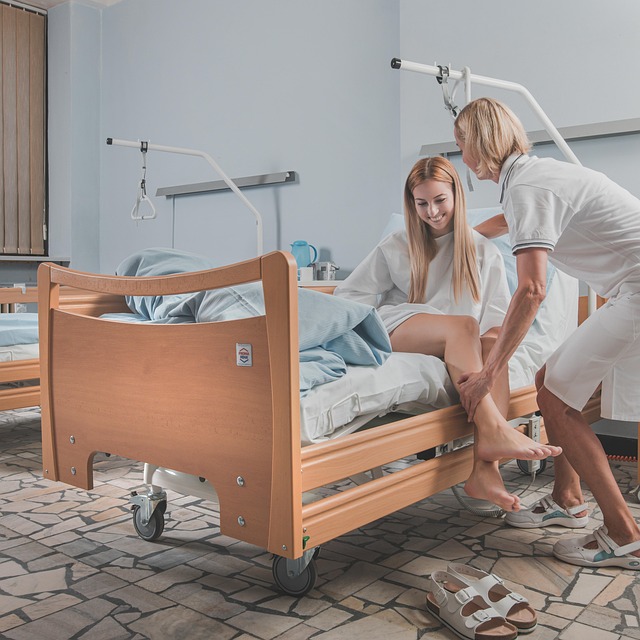Revolutionizing Healthcare: The Future of Patient Comfort with Robotic Patient Bed
As we stand on the brink of a healthcare revolution, it is impossible to overlook the tremendous impact of technological innovations in our medical institutions. One of the most exciting advancements that is emerging in this industry is the robotic patient bed. This remarkable invention is set to transform the patient experience, providing comfort and care like never before.
Gone are the days of rigid, uncomfortable beds that contribute to the stress and discomfort of a hospital stay. The robotic patient bed represents a significant leap forward in both technology and human-focused healthcare. Designed with the patient’s comfort and health in mind, these beds utilize advanced robotics to adjust automatically to a patient’s needs, enabling optimal positioning for rest and recovery.
Technological Innovations in Healthcare
The integration of robotics into patient care signifies a broader trend of technology-driven solutions in healthcare. These innovations enhance not only the efficiency of healthcare providers but also prioritize patient comfort. The robotic patient bed features intelligent sensors that monitor the patient’s movements and adjust the bed’s height and position accordingly. This adaptability ensures that patients can easily find a restful position, alleviating pressure points and reducing the risk of bedsores.
Moreover, remote control functionalities allow healthcare staff to make adjustments without disturbing the patient, thus creating a more serene environment. The combination of automated systems with responsive technology exemplifies how advancements in robotics can create a more empathetic approach to patient care.
Health Innovations and Their Impact
Health innovations like the robotic patient bed not only focus on physical comfort but also improve psychological well-being. Patients often experience anxiety during hospital stays, unsure of when help will arrive or how they will manage their discomfort. By enabling patients to control their immediate environment more effectively, we see a significant reduction in stress levels.
Additionally, the robotic beds incorporate features that allow for better monitoring of vital signs and overall health metrics. With constant data feedback, healthcare professionals can act swiftly and ensure that their patients receive the prompt care they require. Such innovations pave the way for a more proactive healthcare system, positioning technology as an essential ally in patient recovery.
The future of healthcare lies within the integration of sophisticated, patient-centered technologies like the robotic patient bed. As these devices become more prevalent in medical facilities, we can anticipate a shift towards a more humanized approach to healthcare—one in which comfort, efficiency, and patient satisfaction are at the forefront of the medical experience.




